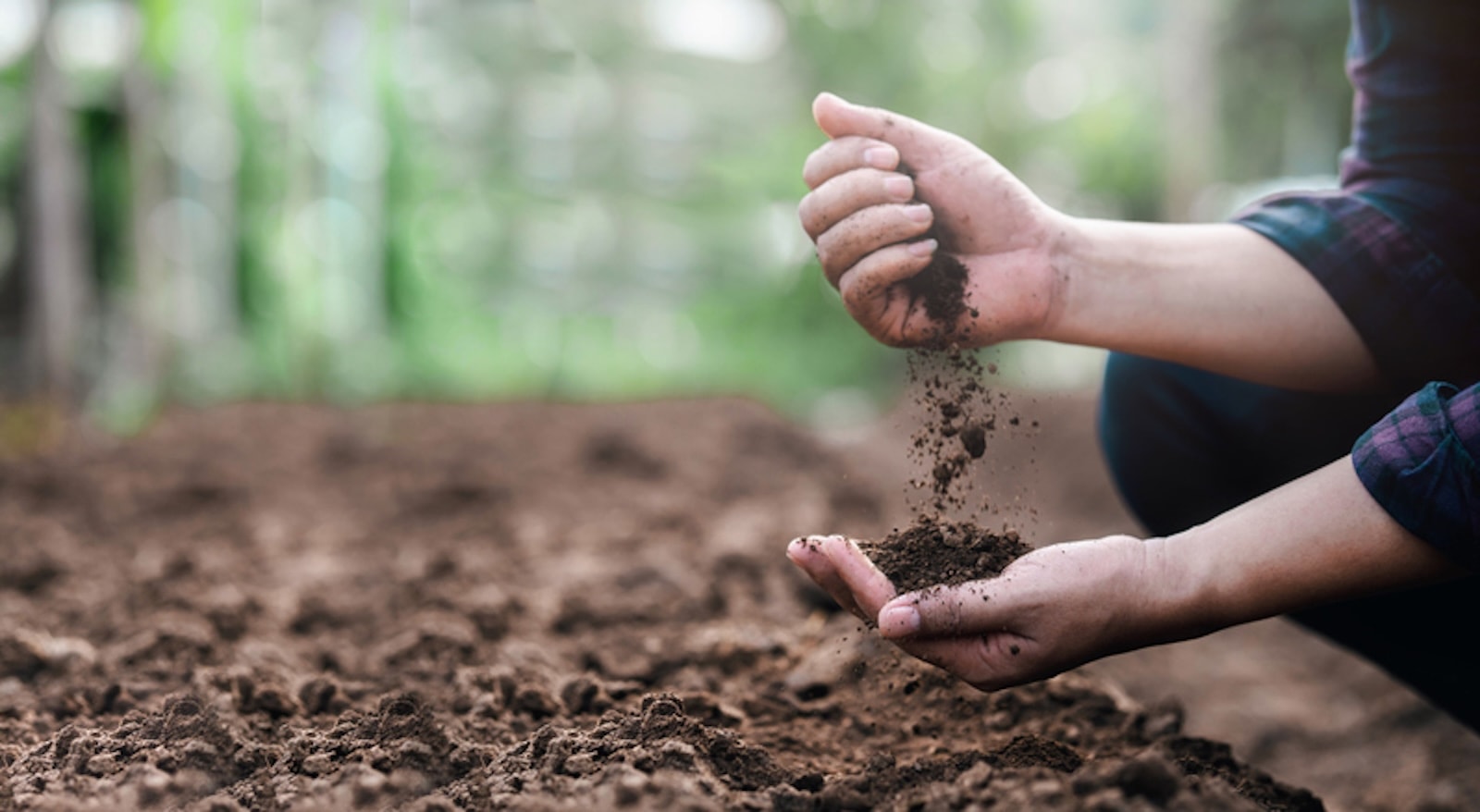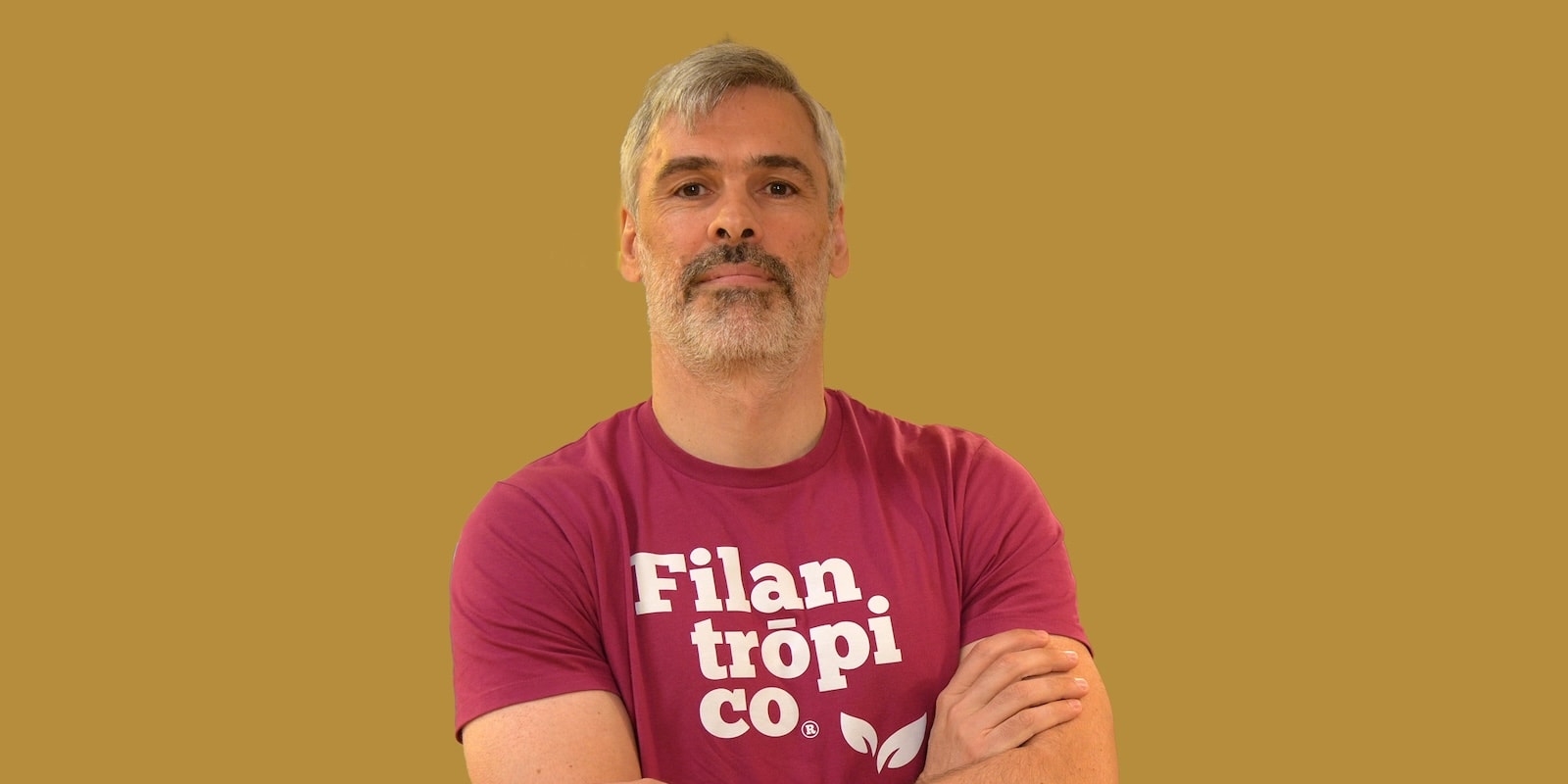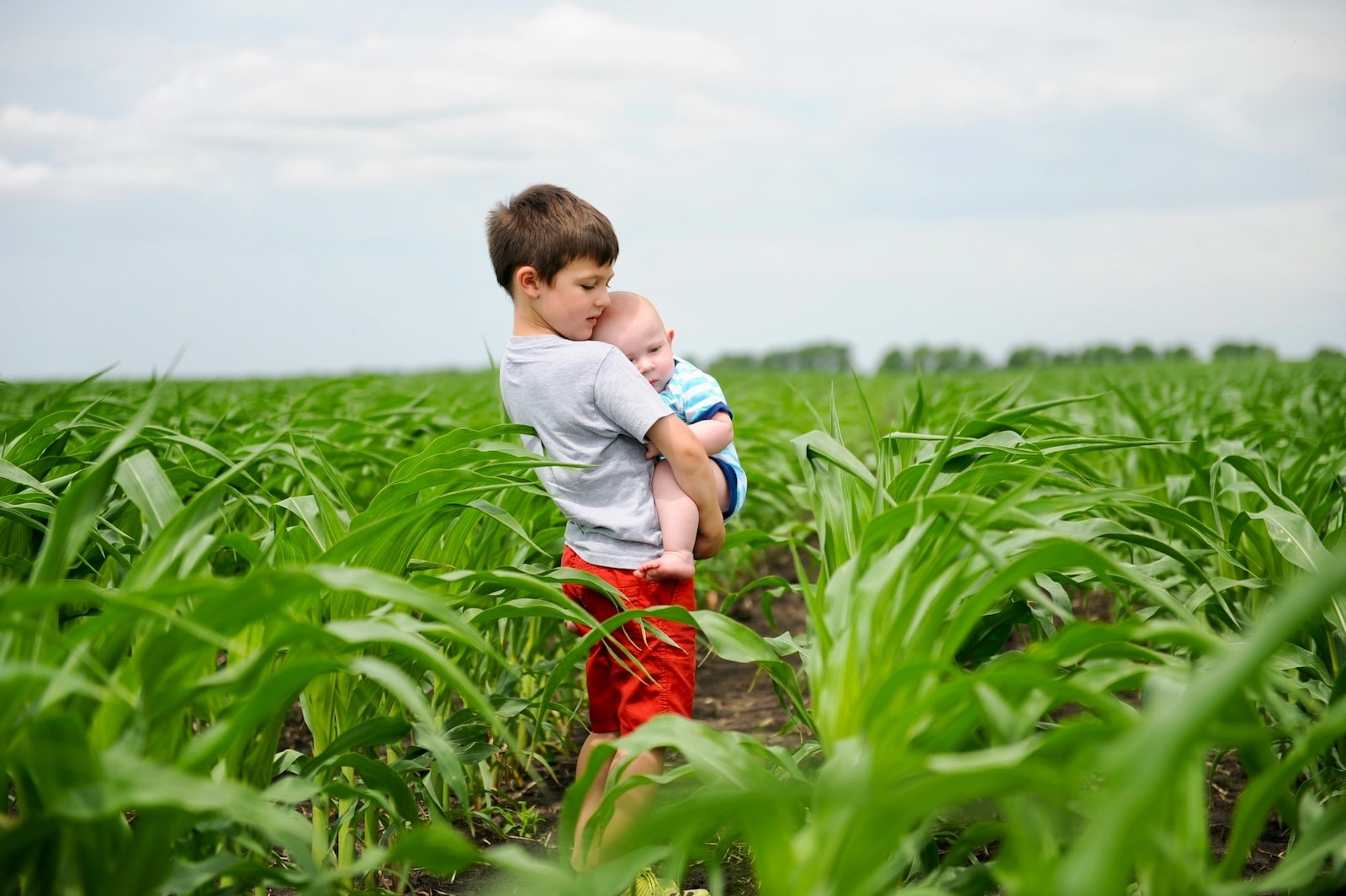Tuesday, September 2, 2025
It is the most biodiverse habitat on Earth and, thanks to this richness, it is capable of regenerating ecosystems and building a more fertile and resilient future.
"By restoring the land, we restore life, we restore our economies, our communities, and much more." This statement by Ibrahim Thiaw, Deputy Executive Secretary of the United Nations Convention to Combat Desertification (UNCCD), summarizes the transformative potential behind something as simple as caring for the soil.
A fertile and healthy land is an inexhaustible source of life. As the Food and Agriculture Organization of the United Nations (FAO) reminds us, all soil functions are vital to our well-being and the well-being of the planet. It is the foundation for food production, plant growth, and the maintenance of a wide variety of crops and natural vegetation. It is an essential support for animal biodiversity on Earth. In addition, it is home to millions of invisible organisms that regulate vital processes such as the water, carbon, and nutrient cycles. It also contributes to the balance of ecosystems, acts as a natural filter against pollutants, regulates the availability of fresh water, provides support for infrastructure, and preserves part of our historical and cultural memory. In addition to all this, it acts as a warehouse and sink for carbon.
In a situation where soil is losing fertility and its ability to hold water and support life, soil regeneration uses sustainable farming practices that mimic the natural processes of the ecosystem. It brings multiple benefits, including better use of the sun's energy, lower plant temperatures, and reduced damage from wind and water evaporation, which promotes water storage and the growth of trees associated with crops. It also improves soil structure, erosion resistance, and air and water circulation.
In this context, specific techniques adapted to each environment must be applied to improve soil quality and productivity. These include agroforestry systems, which combine crops with selected, well-spaced timber trees that promote a balance between production and conservation. Another technique is the use of tree species that produce natural fertilizer and the integration of vegetation to strengthen livestock farming. Seed tree management is also essential, as it allows for the reforestation of areas and increases biodiversity.
In Europe, there are now various initiatives working to demonstrate and highlight the real impact of soil regeneration. The GOV4ALL project, funded by the European Union, has created five living laboratories in rural areas of the Mediterranean—two in Spain, two in Greece, and one in France—to design and validate regenerative practices together with farmers, scientists, NGOs, and local administrations. The aim of the project is to bring Mediterranean communities together towards a regenerative approach to soil management and thereby lay the foundations for a more sustainable and prosperous future.
All this shows that regenerating is not just restoring: it is about transforming the way we live with nature. And, without question, this change starts with us looking the foundation sustaining us and valuing it.
¿Te ha parecido interesante?





